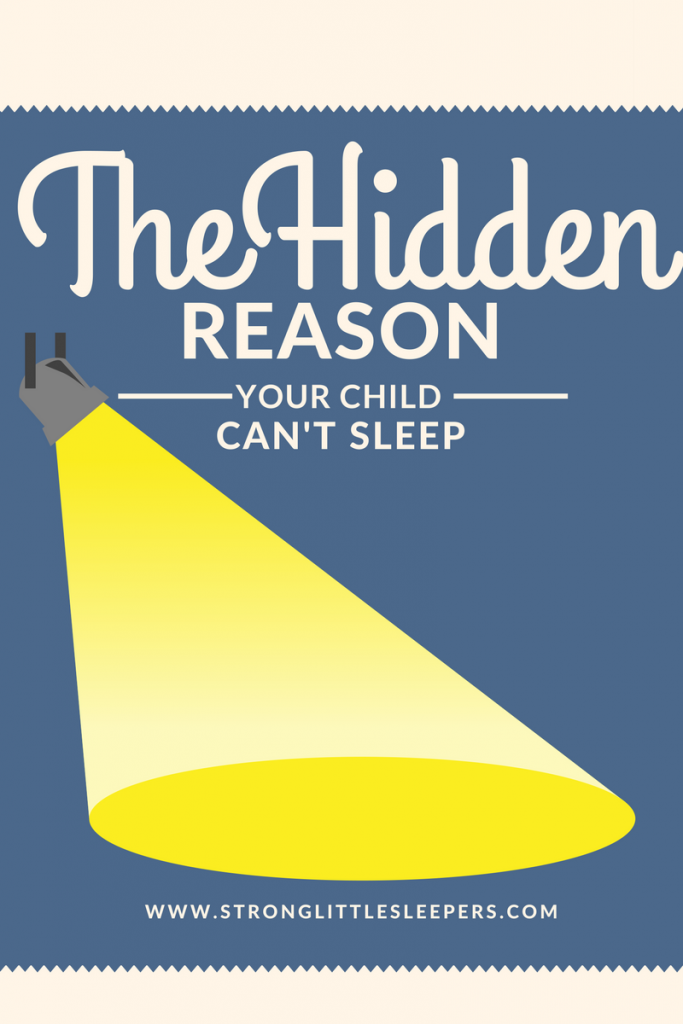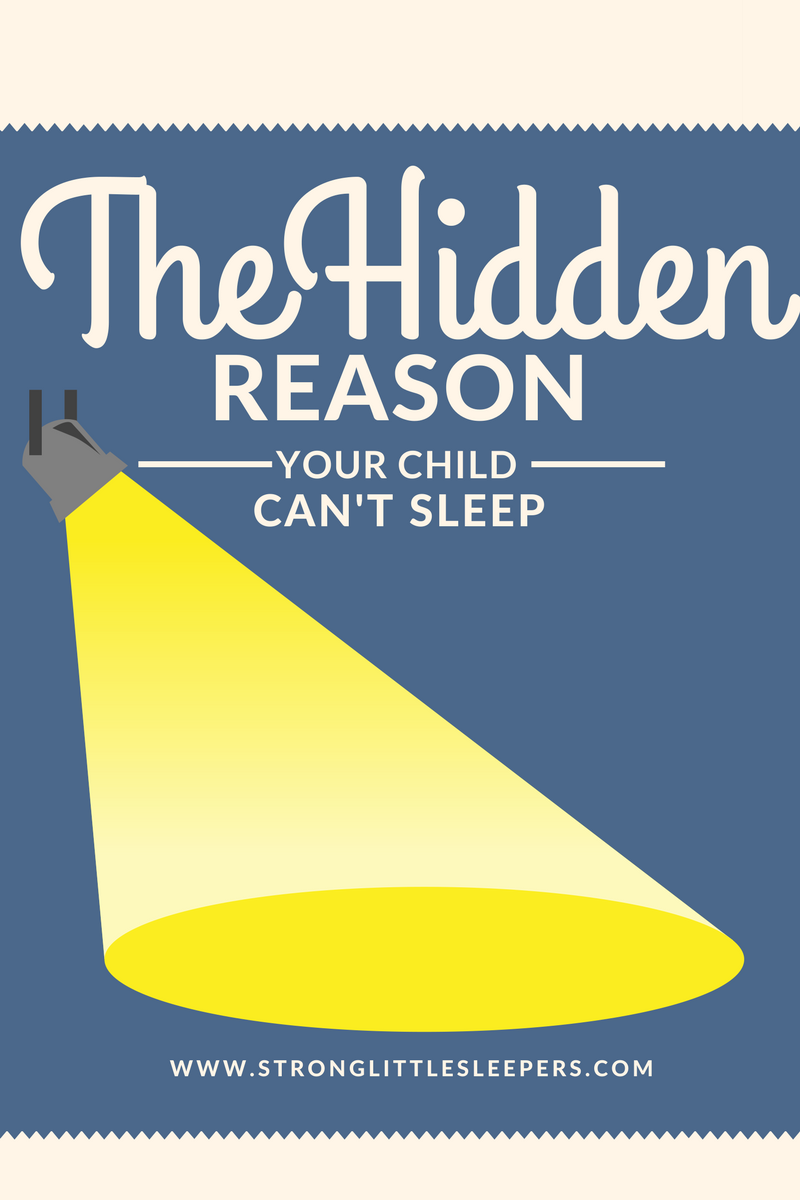
The Hidden Reason Your Child Can’t Sleep
Getting kids to sleep at night has probably been a parental challenge since the dawn of time. New research adds to the mounting evidence that sleep saboteurs are hiding in the least suspected places. The lights in your house and the evening sunlight coming through the windows may be disrupting your child’s circadian rhythms, making it difficult to fall asleep. Light exposure and circadian rhythm are directly linked to melatonin production – the hormone that helps our bodies sleep. Here are three tips for setting your kids up for bedtime success, if falling asleep is a regular battle with your child.
It’s Not Just the Screens!
Like 90% of parents out there, maybe your child laid eyes on a screen (tv, tablet, phone, the varieties seem endless) of some sort before the age of two. It’s so haaaard to keep them away! They’re everywhere! The phones, too, not just the kids (ba dum tss).
Now that your little one is in pre-school, though, you have a system: you know the danger of screens before bedtime and you enforce a strict rule of turning them off a good two hours in advance (at least for the kids. Your willpower to set your own boundaries may not have grown quite that strong yet. Or is that just me?). You have a nice family dinner, the kids have a bath, then they’re in bed by a very responsible and biologically appropriate 7:00 PM.
In bed. But not asleep. WHY aren’t they asleep?!? You’ve done ALL THE THINGS!
Too Bright! Turn the Lights Down
Brand new research out of Boulder, CO, shows that preschoolers (ages three to five years-old) who are exposed to bright light in the evening had melatonin levels that tanked. Worse, they stayed there even 50 minutes afterward, when it was time for bed. Melatonin is our sleep-promoting hormone.
We already knew that bright lights at night had this effect on adults, teenagers, and school-age children. We already knew that the older we get, the less sensitive we are to this effect. So, it was reasonable to assume that even younger kids would be even more affected by evening light. This study is a first step toward knowing exactly how much is too much and what we, as parents, need to do about it.
I Wear My Sunglasses at Night
This study is so important because the information about how powerful our circadian rhythms are in regulating sleep, and our overall health, is coming in fast now. Our culture has prided itself on not needing sleep. Chants of “I’ll sleep when I’m dead” are heard in workplaces across the country. Parents, too, tend to assume that they have to live in a permanent state of exhaustion when their kids are young, but it doesn’t have to be that way.
Big changes can start with tiny steps. So, what are you supposed to do with this new, not-entirely-unexpected information from this study? It’s not going to be a one-size-fits-all answer, but here are some strategies, ranging from beginner to expert, depending on how big of a concern this is for your family and what kinds of resources you have with which to tackle this:
Dim the lights in the house an hour (or two!) before bed
This could be accomplished a few different ways. Where does the light stream into your house in the evening (hint: probably from the west side)? Are there blinds or curtains you could close to start blocking the sunlight that will keep your child’s melatonin repressed? What about the lights themselves? Could you turn off the overhead lights and use lamps in the evening? Do you have dimmer switches in your home? Heck, have dinner by candlelight, if you like!
Consider amber bulbs in the evening
Different spectrums of light tell our bodies, via circadian rhythms, what time of day it is. Blue lights, like electronic screens and most LED lights, are very close on the spectrum to sunlight. They make our bodies think we should stay awake. Amber light, like candlelight or a campfire, does not have this affect and does not interfere with our ability to sleep. Some people have great results by replacing the lamps in their homes with amber light bulbs for use in the evening, giving rooms a warm, cozy feel. And although a super dark room is most conducive to sleep, if you are going to use a nightlight, an amber hued nightlight is preferable because it does not inhibit melatonin production in the same way.
Go full-on space-age with amber glasses
This is actually a thing, I swear. Stay with me because this will feel pretty out-there to adults at first, but some pre-schoolers may love this idea! If replacing a bunch of light bulbs throughout your house feels overwhelming or impossible (maybe someone in the house needs bright light in the evening for a specific task), this may be a great option for you. Blue-light-blocking glasses are amber-tinted and specifically designed to block the light that tells your body it’s daytime, while letting in the light that supports circadian rhythms. Your child could even play outside in that summer evening sunshine while wearing these and it shouldn’t affect melatonin levels.
Healthy Sleep for Us All
The good news is that, as you start to think about these changes for your kiddos, you’ll probably reap some of the benefits yourself, too. I know it feels like there’s a new health thing you have to do every time you brave the Internet, but think of it this way: better sleep makes everything easier. Well-rested kids make everyone happier. And Strong Little Sleepers has your back if you need some extra help getting there.

